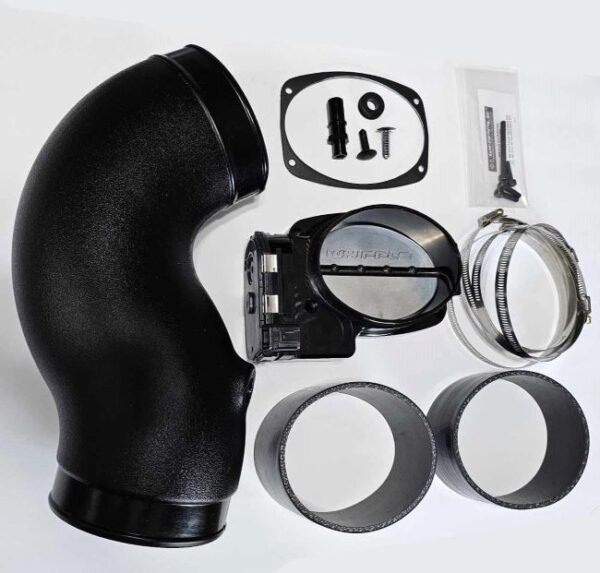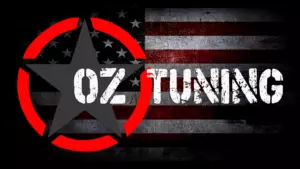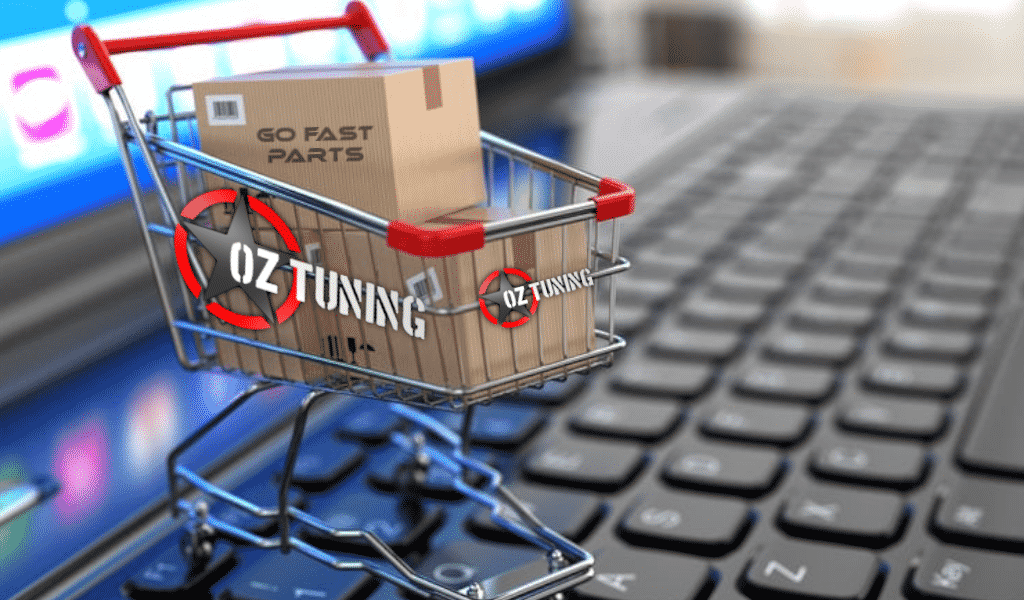Why we recommend upgrading to a bigger throttle body.

This response was for a customer running a Stage 1 Whipple kit on his truck, and wanting to tune the truck and improve performance. You guys might have seen my recommendations a few times for guys in this situation. Whether it's a Whipple Stage 1 or a VMP Loki, the logic is still the same. Positive displacement blowers THRIVE on having as little restriction as possible on the inlet of the supercharger. This response goes into detail WHY I always recommend upgrading to the larger throttle body option on these kits, and why it's beneficial to do it prior to tuning. Some other tuners might not go this extra mile, because it's possible that we will lose a sale if the customer doesn't want to upgrade, but I always try to make sure our customers are getting the best bang for their buck, and this a prime example of how one upgrade can make an exponential difference in the overall results.
We definitely “can” tune the truck with the current setup, but it’s kind of counter-productive and you won’t see as good of results as you would if you upgraded to Stage 2 and then tuned the truck. Let me explain…
Superchargers are nothing more than air pumps. They pump air into the engine, which allows you to inject more fuel, and that means a bigger “boom” when the mixture ignites and more power. On paper, no drawbacks. In reality, driving the blower and compressing air is not a very efficient process, and it generates heat. Heat is the enemy of any combustion engine, and even more so when you add boost. If the incoming air into the engine is too hot, it can cause the air/fuel mixture to ignite early, which is referred to as “detonation” or “knock”. This is the killer of engines, especially stock engines. So, how do we combat knock/detonation?
Well, there are a couple of ways to do so. First, is fuel octane. Higher fuel octane means the fuel is less volatile, and it will be more resistant to igniting early due to excessive heat. You mentioned that you only have 91 octane in your area, so that’s already a strike against you. Another option is to reduce heat. This is why your supercharger has an intercooler. It helps to cool the air charge after it exits the blower and before it enters the engine. You’ve already got that covered, and Whipple’s system does work very well, but there’s another way to further improve it.
You can further reduce blower discharge heat by allowing the blower to breathe more efficiently. If the air can enter the blower easier and with less restriction, the blower uses less force/energy to pull that air in and in-turn less energy to compress it before discharging it. The best way to do that is to reduce the restrictions on the inlet of the blower as much as possible. This is where the Stage 2 upgrade comes in. Going from a tiny 87 mm throttle body to a MASSIVE 132 mm throttle body would be like the difference of you trying to run a marathon with your nose plugged and you can only breathe through a McDonalds straw you’re holding on your mouth. Sounds terrible right? That’s basically what your blower is doing right now. Yes, it works, but it’s far from ideal and it’s definitely not efficient.
That is where the problem comes in. When we tune a vehicle, we’re minimizing the “margin” left in the original tune, making it more aggressive, which allows for better performance. Well, when you’re already running the engine in a manner that is not very efficient, you’re eating up a large portion of that “margin”, because of the inefficiency of the supercharger. So, that means there’s very little room for improvement from tuning, because you’re already very close to the safe limit. Now, if we remove that inefficiency from the system by upgrading the intake tract to the Stage 2 specs, we gain back all of that margin that we were losing from inefficiency PLUS we’re improving the baseline performance before we even start the tuning process. So, it’s a win-win. We’re going to START with better performance AND we have more headroom to further increase performance via tuning, because the engine is running much more efficiently.
So, again, yes… we can tune the truck “as-is” with the Stage 1 setup, and there will be improvements in performance, but there will be greater improvements by going to Stage 2 first, and then tuning the truck. I’m happy to provide whatever service you prefer and/or sell you whatever parts you want/need, but at the end of the day I want you to feel like you’re getting the best bang for your buck, or at the very least have proper expectations for the upgrades you’re planning.
Ken Osborne - Owner Oz Tuning, LLC.

